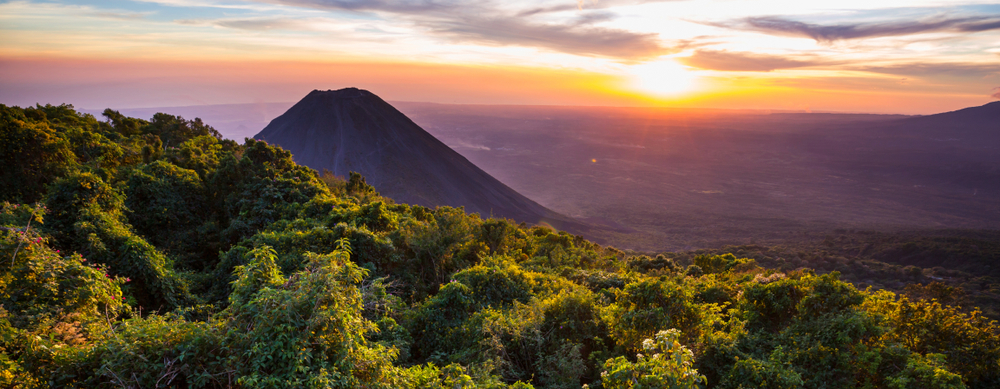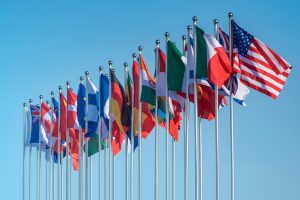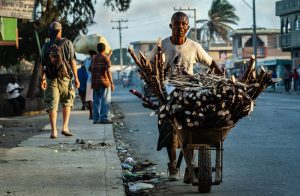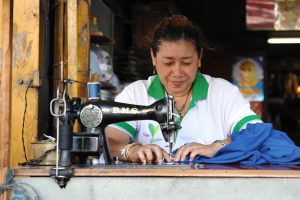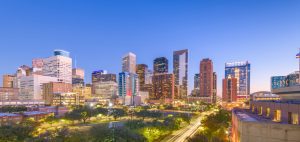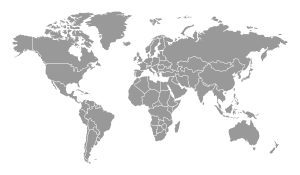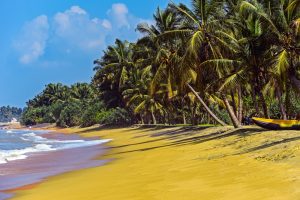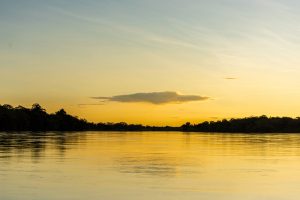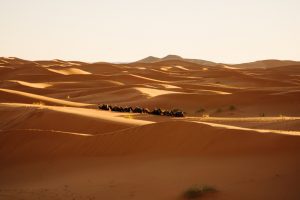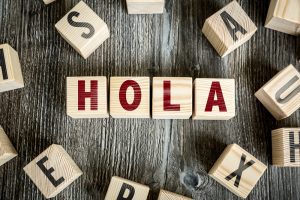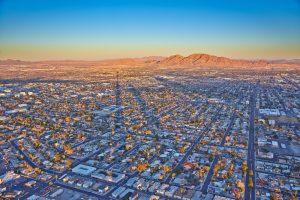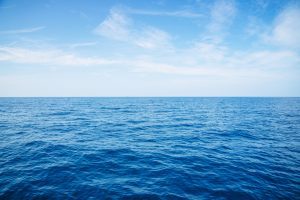El Salvador has the fifth-lowest GDP per capita in the North American region at $4,131. In El Salvador, the nation’s sugar and coffee industries have made the country’s elite a small but well-off group.
Approximately 40% of the people in El Salvador live in poverty, however. El Salvador has a population of 6.54 million as of the most recent United Nations estimates.
El Salvador is a Central American nation somewhat smaller than the United States’ 45th smallest state Massachusetts.
It shares boundaries with the North Pacific Ocean between Guatemala and Honduras.
In total, it covers an area of 20,720 km² (8,000 m²) and has a coastline of 308 km (191 miles).
El Salvador has a total of 545 km of land borders (339 miles). With Guatemala, it has 327 km (203 miles) of borders, while with Honduras, it has a 341 km (212 miles) border.
Table of Contents
The Decline in El Salvador’s Population Growth
El Salvador’s population is growing, although at a far slower rate than in previous years. Amid conflicts in the nation at the time, El Salvador was developing at its most rapid speed ever in 1965 while the populace was rising at 2.97 percent yearly.
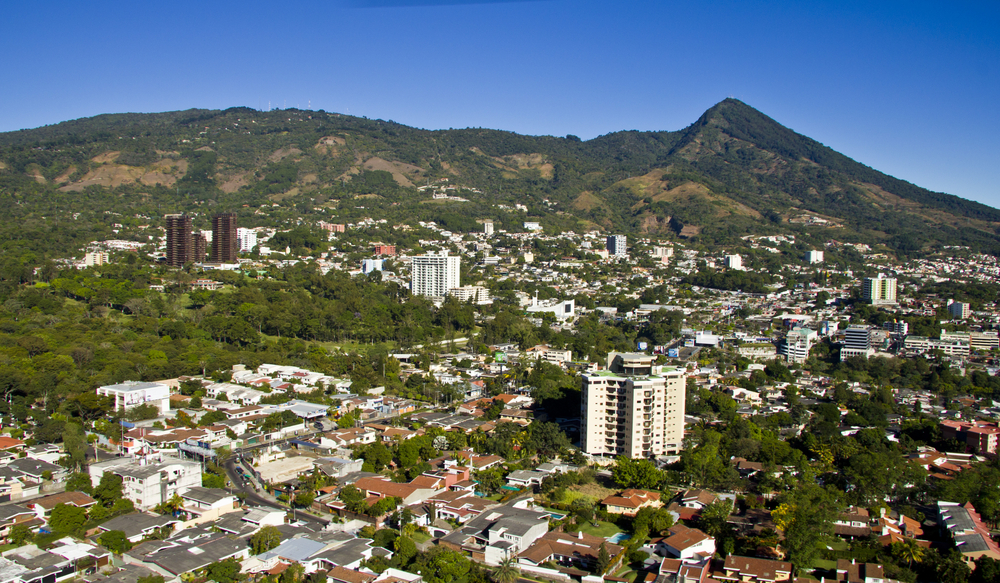
Due in great part to people routinely fleeing the country, growth has considerably slowed since then.
The average woman has 2.08 children, which is similar to the global average. El Salvador’s yearly growth rate was 0.53 percent as of 2019.
Population Projection for El Salvador
Because of the significant number of people departing the region for mostly political and economic reasons, it is projected that the dropping growth rate will slow to a standstill by the year 2050.
The population of El Salvador is expected to reach 6,997,410 by the year 2050, according to current estimates.
Eruptions from nearby volcanoes and earthquakes have wreaked havoc on the land for ages.
With a tropical environment and an abundance of water, El Salvador is the perfect place to live and work.
There are numerous rivers and lakes all across the nation’s mountainous regions as well as coastal lowlands, in addition to the ocean.
A 2017 estimate of El Salvador’s population puts the country’s population density at 785 inhabitants km² (303 people per m²), placing it 26th in terms of the population worldwide (source: United Nations).
Urban Density in El Salvador
More than 70% of El Salvador’s population lives in or near one of the country’s main urban areas, and a few cities are home to most of the population.
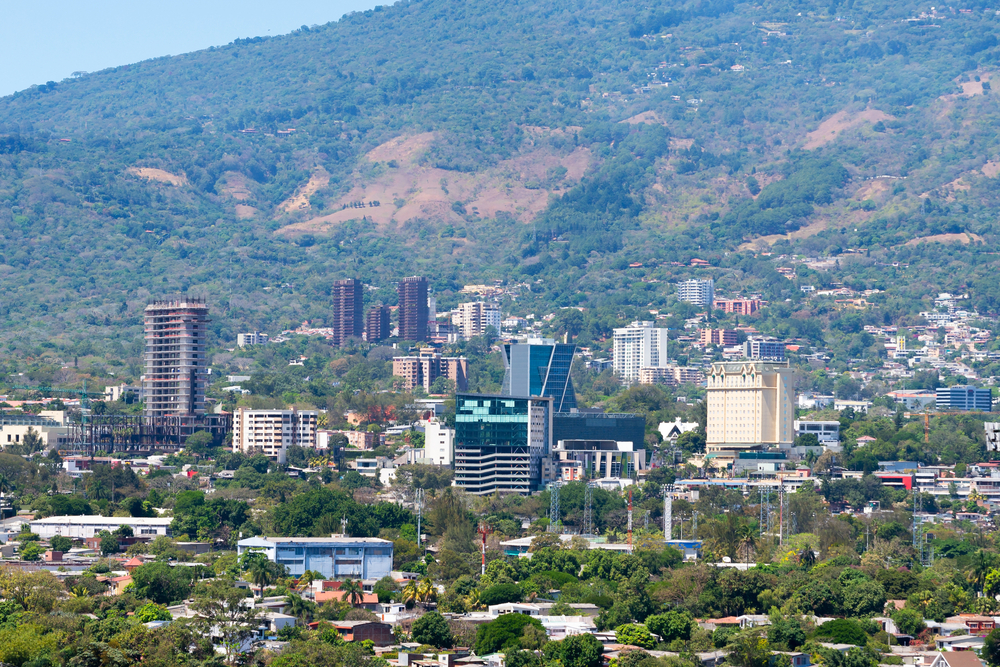
568,000 people reside in San Salvador, the country’s capital and largest city, while the surrounding metropolitan area has a total population of 2.4 million people.
On top of that, San Salvador serves as a cultural, educational, and financial center for El Salvador.
Soyapango, the commercial capital, is home to 329,708 people, making it the country’s second-largest city.
Apopa, Santa Tecla, Mejicanos, San Miguel, and Santa Ana, are just a few of the well-known cities in the area, each with a population of over 100,000.
In addition, 3.2 million El Salvadorans reside outside the nation, most of whom are in the US.
What are the main demographics of El Salvador?
Whites, Indigenous, and Mestizos (people of Native American and European heritage) make up the majority of El Salvador’s population, which is 88 percent white as well as indigenous.
Most mestizos are of Indigenous, Afro-Salvadoran, and Mediterranean ancestry.
The population of Spanish descent is 13%, with minorities of Germanic or Swiss ancestry throughout the country, as well as the English and Irish in the north and Scandinavians in the south.
Due to widespread killings throughout the Salvadoran peasant rebellion in 1932, only one percent of the nation’s people is indigenous.
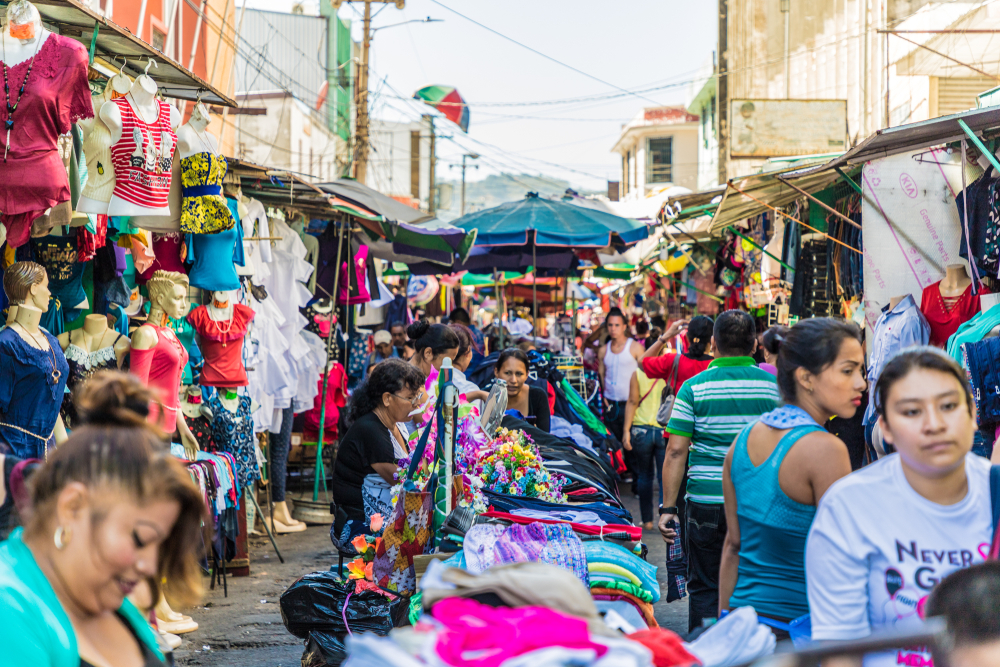
Due to racial blending throughout colonial times, it’s the only Central American country that does not have a noticeable African population.
El Salvador’s Economy, Politics, and Religion
The majority of Salvadorans adhere to one of several Christian denominations. However, this trend is shifting.
Currently, 47.5 percent of the population is Catholic, and 35.1% of the population is Protestant, but Protestantism is on the rise as Catholicism declines.
Another 14.5% are Atheists or Agnostics, and the final 2.9% follow a different faith. The Jewish community in El Salvador is the second largest in Central America, after that is Mexico City and Guatemala City.
Economic Growth in El Salvador
El Salvador’s GDP hasn’t grown as much as one might expect for a developing country, and this is partly because of the significant wealth disparity that exists inside the country.
It is estimated that remittances from fellow El Salvadorians employed in the United States account for almost one-fifth of Salvador’s gross domestic product (GDP).
Agriculture, manufacturing, and services round out the list of important industries. The country’s economy is far from world-class, although it has improved significantly since the end of the 12-year civil war in 1992.
The territory that is now El Salvador has been inhabited by indigenous people for a longer period than has been documented.
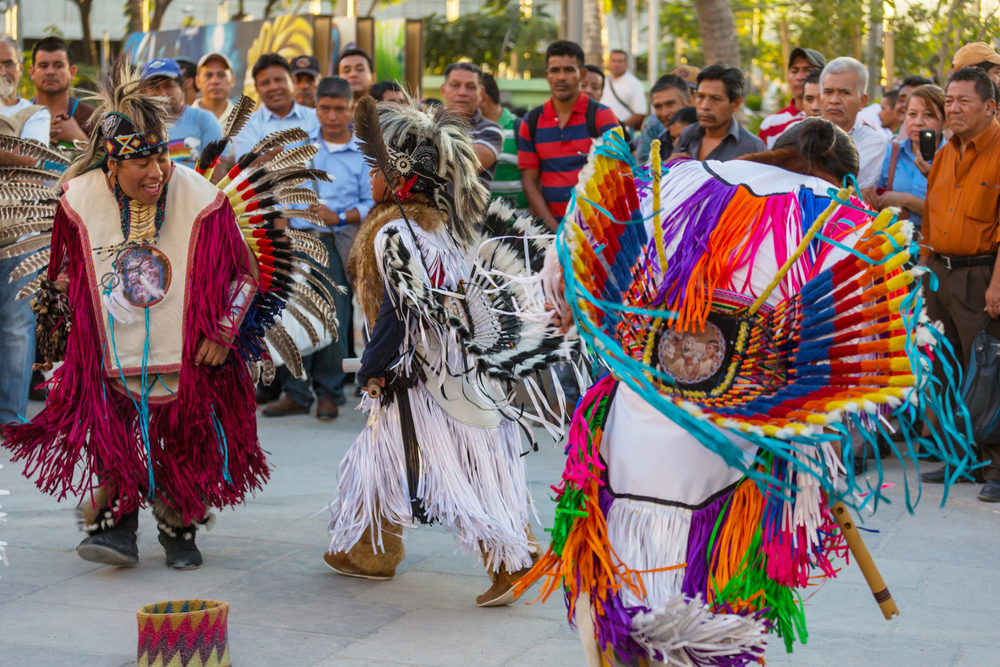
After years of conflict, the indigenous population was finally subjugated in 1540 and made into a Spanish colony.
El Salvador became a member of the United Provinces of Central America in 1821 after nearly three centuries of independence.
El Salvador Mining and Industry
Fifteen percent of the workforce worked in El Salvador’s industrial sector in 1999. Only 0.3 percent of Salvador’s GDP was generated by mining in 1997, with the majority of the country’s mineral production coming from building materials like limestone as well as sea salt and gypsum.
Although mineral resources are widely believed to exist, little effort has been made to extract them in the last two decades.
El Dorado in Cabanas province and San Cristobal in Morazan province were the country’s two active gold mines until the early 1980s.
During the civil war, both were largely forgotten about. The El Dorado mine has, however, seen a resurgence in mineral exploration.
In July of 1993, Dejour Mines, Bethlehem Resources, and Mirage Resources formed a joint mining venture to explore for gold.
There is an estimated 200,000 tons of ore at San Cristobal that includes quantities of gold and silver; nevertheless, no large-scale mining operations have taken place there since.
Manufacturing

It was in the 1950s that El Salvador’s industry began to take root. In the 1960s, the Central American Common Market (CACM) opened up regional markets, which allowed the sector to grow.
In the 1970s, capital goods and chemicals output grew significantly, but manufacturing decreased in the 1980s as a result of conflict and recession.
As the CACM began to crumble, currency shortages arose, and the country’s manufacturing sector suffered.
Resurgent demand for tequila in the 1990s was largely responsible for this recovery. As the industry matured, growth slowed after the previous decade.
Competition from Mexico, which receives trade privileges from the US as a NAFTA member, further hindered the expansion.
As many as a dozen factories in El Salvador went out of business in 1998. Zero new ones had been set up by 1999 when this survey was conducted.
Export Market
El Salvador’s maquila industry has risen to become the country’s leading exporter in the last decade, accounting for 22% of the GDP.
Between 1994 and 1998, maquila production and export sales doubled to US$1.3 billion. Nearly half of the 50,000 workers employed in offshore production are women, and the majority of those workers are in their 30s and 40s.
Regional Trade Competition
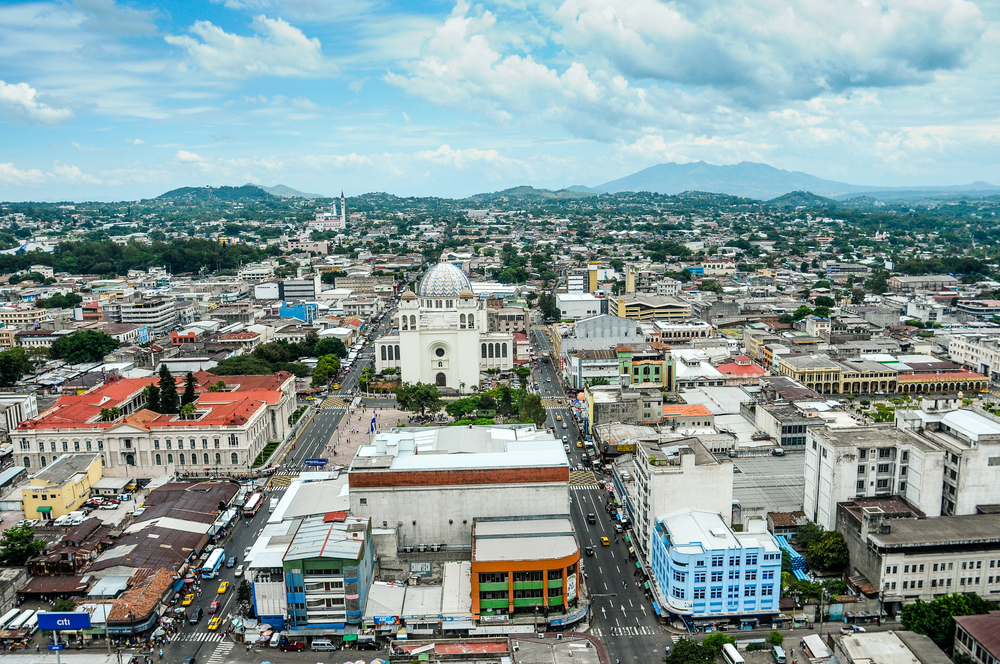
The resurgence of regional trade has created new chances for Salvadoran manufacturers during the 1990s, but they have struggled to gain an advantage over their competitors.
Some businesses have criticized the hefty investment costs for their inability to upgrade their operations, which has left local industries vulnerable to growing competition.
The failure to reach a NAFTA parity deal with the United States exacerbated this burden. The North American Free Trade Agreement (NAFTA) was signed in 1994.
El Salvador would have received the same free trade benefits as Mexico and Canada had it signed up for a “parity pact” under NAFTA.
Construction
Between 1992 and 1997, El Salvador’s construction industry grew at an average annual rate of 6.7% as a result of the signing of the peace agreement.
In 1994, growth reached an all-time high of 11.5%. As a result of this quick increase, the new property’s supplies began to fall short of demand.
In 1997 alone, 6,000 additional residences were built.
Buildings constructed during this period have not yet been sold. Due to allegations of corruption and accusations that the industry had been used as a front for financial fraud, growth in the sector fell to 3.7% in 1998 and then further to 2.2% in 1999.
Salvadoran expatriates in the United States can purchase freshly constructed homes through the Chamara Salvadoreña de la Industria de la Construcción.

El Salvador’s building industry benefitted from the earthquakes that struck the country at the beginning of the year.
In the latter part of the 1990s, the service industry in El Salvador dominated the economy. According to the 1999 GDP figures, it accounted for 60% of total employment.
Tourism
Although El Salvador has a shoreline of nearly 308 kilometers (191 miles) and is home to historic ruins, tourism in the country is limited.
Until the year 2000, there had been no big efforts to stimulate the sector’s growth.
Financial Services Sector in El Salvador
The financial services sector is a major part of the Salvadoran economy, which has developed substantially in recent years as agricultural exports have decreased.
Between 1995 and 1999, the industry experienced an annual increase of 9.6 percent. Capital requirements for El Salvador’s banks were boosted by three percent in November of that year.
Over five months, inflation was slowed, and the money supply was reduced. The median reserve ratio increased from 21% to 24% as a result.
The economy stagnated as banks boosted interest rates to compensate for a lack of liquidity.
When the required rates were raised in 1999, they were brought back to pre-recession levels.
Economic growth may be boosted if interest rates fall. Bank reserve ratios might’ve been raised to prevent banks from going into too much debt.
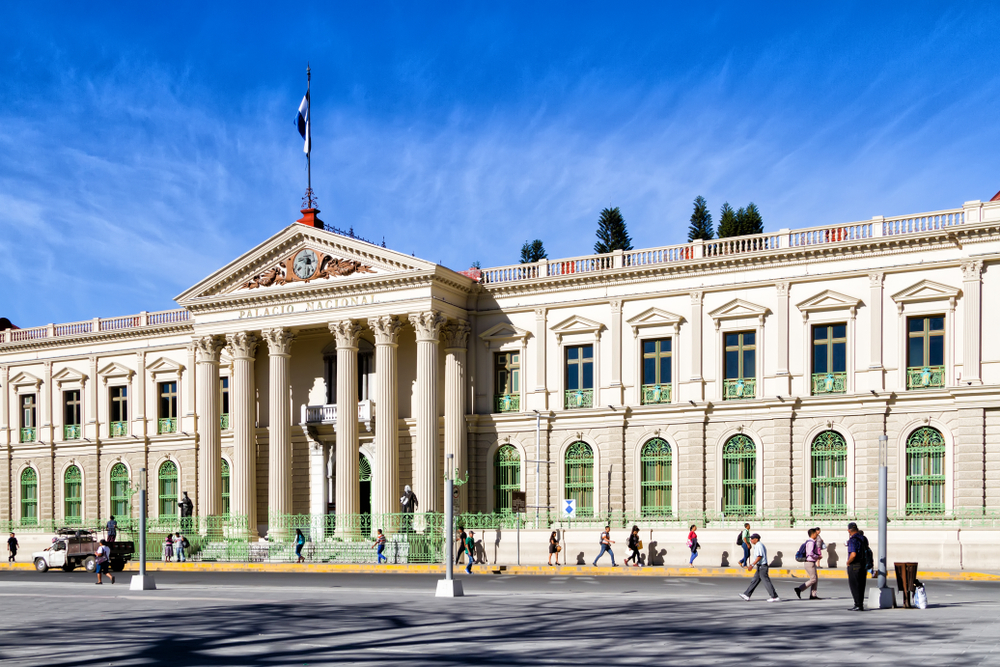
During the 1990s, bank failures led to a decrease in client confidence, and many depositors transferred their funds to the country’s three or four major banks.

